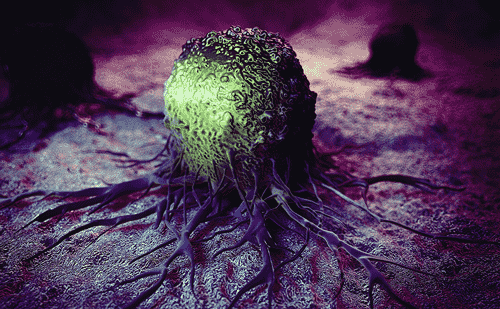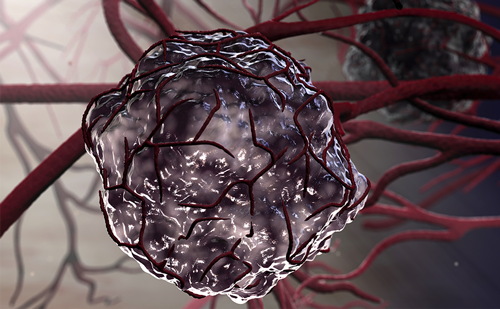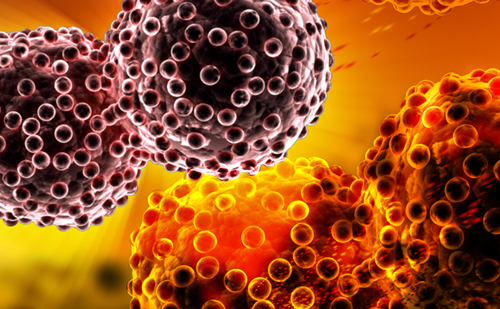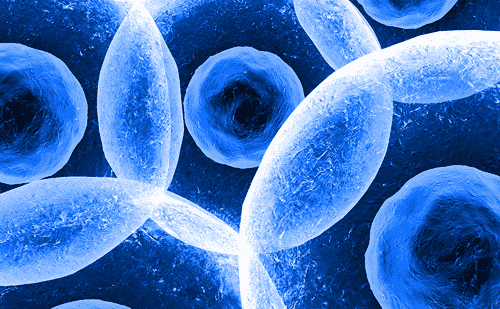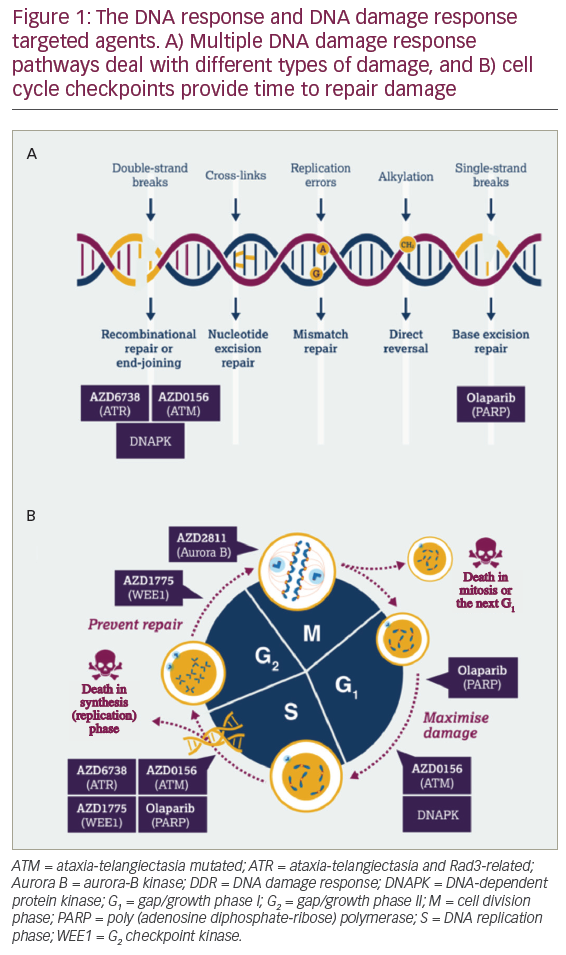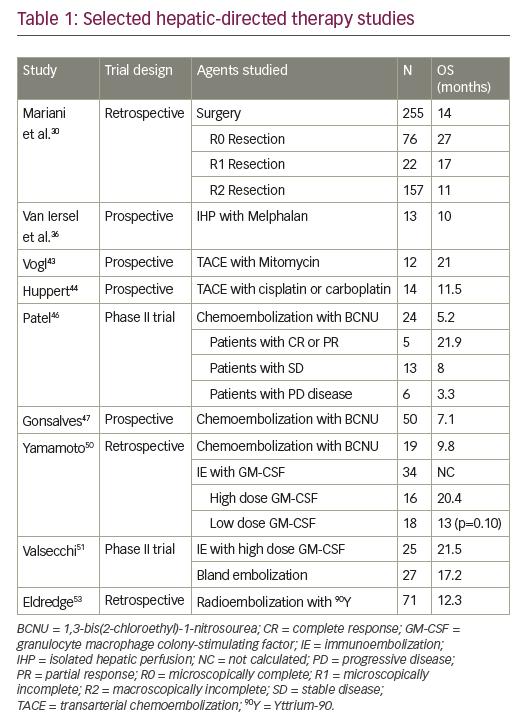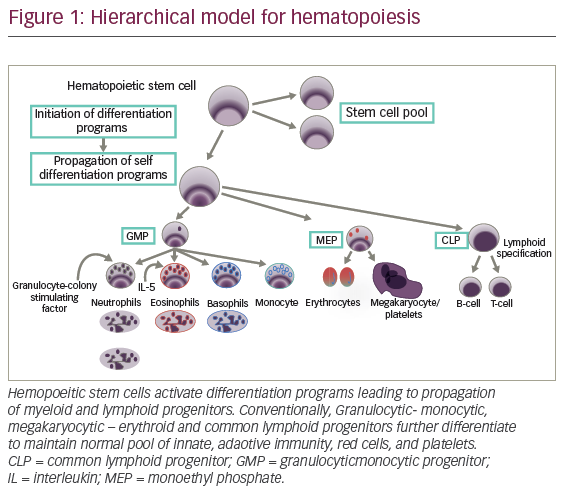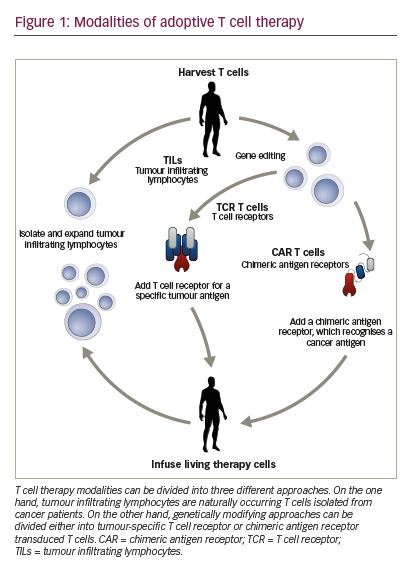The role of the dendritic cell (DC) is at the centre of the immune system by initiating, progressing and regulating the responses against pathogens, include tumours. After the first successful clinical achievement in DC-based immunotherapy trials in follicular lymphoma and melanoma in the mid-1990s,1,2 the DC vaccine used to treat patients with cancer such as melanoma, lymphoma and renal cell carcinoma.3–7 However clinical expectations have not been fulfilled due to an overall clinical response rates of under 10–15 %, the usual response rates observed in various types of immunotherapies.6–11 The meta analysis performed with 906 prostate and renal cell cancer (RCC) patients in 29 separate DC vaccine clinical trials revealed the objective response rates, 7.7 % in prostate cancer and 12.7 % in RCC.12 If the stable disease rate was combined as clinical benefit rate (CBR), much better response rate was counted (54 % in prostate cancer and 48 % in RCC). Although the clinical expectation has not been satisfied, the outcomes of many clinical trials with tumour antigen-loaded conventional DCs have provided proof that therapeutic immunity can be elicited.13–15 And statistically significant effect of DC-mediated cellular immune response and of DC dose on CBR was proved in meta-analysis.12 The clinical data has helped to establish a standard for properly activated DCs with appropriate form and doses of loading antigens.These activated DCs can migrate to the lymph nodes which then initiate and expand tumour-specific CD4+ and CD8+ T cell responses and later induce meaningful therapeutic responses in patients.
Several mechanisms involved in unsatisfactory anti-tumour responses of DC vaccine in the clinic. Mechanisms include; the presence of suppressive leukocytes like myeloid derived suppressor cells (MDSCs), tumour associated macrophages (TAMs) with or without the presence of constitutive p-STAT3 signalling, immunoediting, abnormal tumour vasculature inhibiting effector T cell entry or tumour cell interaction with the stromal environment.15–20 On the other hand, in order to improve the DC vaccine clinical efficacy, it is critical to control the therapeutic DC quality and standardise the vaccine design and protocol. Looking at this very view, several investigators have analysed DC vaccine problems in their publications.4,6,13,15,21–23 One of the efforts is using allogeneic cells, since the DCs isolated from cancer patients express impaired characters for generation of the tumour-specific immunity.24 Thus, without further discussing about the DC vaccine quality, tumour tissue or host side hindering factors and the possibility of improving antitumour immune-therapeutic efficacy will be discussed in this review.
To view the full article in PDF or eBook formats, please click on the icons above.



